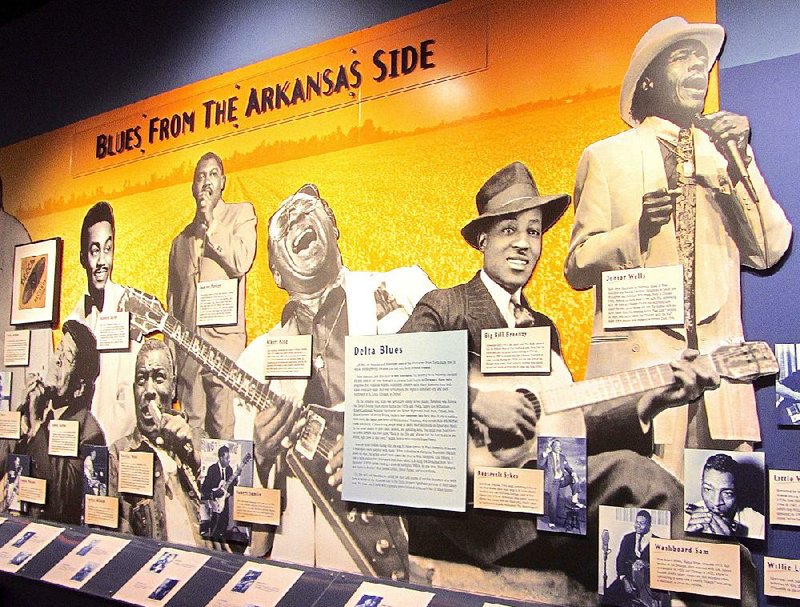February's annual celebration of Black History Month can inspire an Arkansas road trip related to that sometimes contentious topic -- spanning the eras of slavery, Reconstruction, Jim Crow, the civil rights movement and into the 21st century.
The most famous (or infamous) such event in Arkansas remains the Little Rock Central High School desegregation crisis of 1957-1959. But other locations tell stories, sometimes inspiring and sometimes dismaying, about black heritage across the state:
• Delta Cultural Center, Helena-West Helena. A highlight of exhibit-rich Delta Cultural Center is the Delta Sounds gallery. Its listening stations let visitors sample the region's gospel, rockabilly and blues music, played and sung mostly by black performers the likes of Sonny Boy Williamson, Louis Jordan and Sister Rosetta Tharpe.
• Floyd Brown-Fargo Agricultural School Museum, Fargo. The legacy of Floyd Brown is honored at this site a bit north of Brinkley. From 1920 to 1949, his private residential high school offered "training for the head, hands and heart" for hundreds of black teenagers. Tuition, including room and board, was $15 a month.
• John H. Johnson Home, Arkansas City. The shack where John H. Johnson was born into poverty in 1918 contains exhibits recounting his later fame and fortune as founder and publisher of Ebony and Jet magazines. He left Arkansas City for Chicago after the eighth grade because the Delta town had no high school for blacks.
• Scott Joplin Mural, Texarkana. The life and achievements of Texarkana native and Pulitzer Prize-winning composer Scott Joplin are depicted in this large mural at Third and Main streets. Known as the "Father of Ragtime," he developed his musical ideas while attending segregated Orr School, which still stands.
• Southern Tenant Farmers Museum, Tyronza. Established by 11 white and seven black Arkansans in 1934 during the Great Depression, the Southern Tenant Farmers Union was far ahead of its time as a racially integrated enterprise. By the late 1930s, it claimed 35,000 members in five states before fading out.
• Masonic Temple, Pine Bluff. This four-story brick building was Pine Bluff's tallest structure when dedicated in 1904 by the African-American Masonic Lodge, the Sovereign Grand Lodge of Free and Accepted Masons. At East Fourth Avenue and State Street, it was listed on the National Register of Historic Places in 1978.
• Bass Reeves Statue, Fort Smith. Dedicated in 2012, the 25-foot-tall statue honors deputy U.S. Marshal Bass Reeves, believed to have been the first black man to hold such a position west of the Mississippi River. Born into slavery, he served for 32 years under Isaac C. Parker, the so-called "hanging judge."
• Centennial Baptist Church, Helena-West Helena. This National Historic Landmark is the only known example in Arkansas of a church for blacks designed by a black architect. It was built in 1905 in Gothic Revival style at York and Columbia streets by architect Henry James Price.
Details on black-history sites, including those in the Little Rock area, can be found at arkansas.com.
Weekend on 02/16/2017


